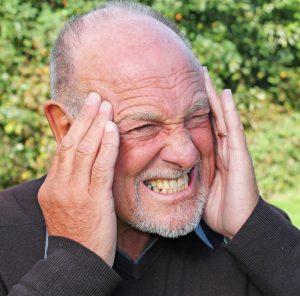Mental State

Most of us think that the major barriers to having and maintaining a healthy sex life as a maturing male is physical limitations. A series of studies have shown that our mental or emotional issues are much more common. Further, those mental or emotional issues have a direct, negative impact on our physical well being. These are the most common mental or emotional issues:
Desire disorders
Desire disorders have been broken down into two separate conditions: Hypoactive Sexual Desire Disorder (HSDD) and Sexual Aversion Disorder. These disorders occur in both the aging female and male populations.
A variety of medical conditions can also decrease sexual desire. For example: diabetes mellitus, hypothyroidism, Addison’s disease, Cushing’s disease, temporal lobe lesions, menopause, coronary artery disease, heart failure, renal failure, stroke, HIV, and aging. Many psychiatric medications can lead to decreased desire for sex including multiple classes of antidepressants such as: selective serotonin reuptake inhibitors, norepinephrine serotonin reuptake inhibitors, tricyclic antidepressants, monoamine oxidase inhibitors, and antipsychotics. Click here for a clinical represention of these disorders.
Arousal/excitement disorders
Sexual arousal disorder is characterized by a lack or absence of sexual fantasies and desire for sexual activity in a situation that would normally produce sexual arousal, or the inability to attain or maintain typical responses to sexual arousal.
Possible causes of this disorder can include psychological and emotional factors, such as depression, anger, and stress; relationship factors, such as conflict or lack of trust; medical factors, such as depleted hormones, reduced regional blood flow, and nerve damage; and drug use. The lack of sexual arousal may be due to a general lack of sexual desire or due to a lack of sexual desire for the current partner (i.e., situational). A person may always have had no or low sexual desire or the lack of desire may have been acquired during the person’s life. Certain medications like SSRIs may be a contributing factor. Click here for more information.
Orgasm disorders
Orgasms are the intensely pleasurable feelings of release and involuntary pelvic floor contractions that occur at the height of sexual arousal. Orgasmic dysfunction is also known as anorgasmia.
There are several different types of orgasmic dysfunction, including:
- Primary orgasmic dysfunction, when a person has never had an orgasm.
- Secondary orgasmic dysfunction, when a person has had an orgasm but then has difficulty experiencing another one.
- General orgasmic dysfunction, when a person cannot reach orgasm in any situation despite adequate arousal and stimulation.
- Situational orgasmic dysfunction, when a person cannot orgasm in certain situations or with certain kinds of stimulation. This type of orgasmic dysfunction is the most common.
Orgasmic dysfunction can affect both males and females but is more common in females. Researchers estimate that female orgasmic disorder, which is recurrent orgasmic dysfunction, may affect between 11 to 41 percent of women. Anorgasmia is the male sexual orgasmic disorder.
There are a few pages on this site that are highly recommended for those who want to work on their mental state of being, those are:
You can reprogram yourself too!